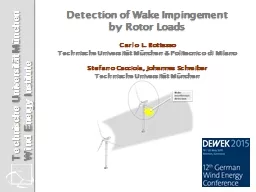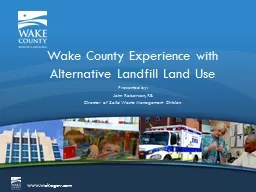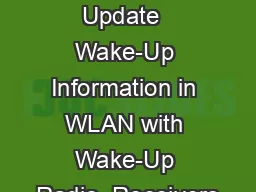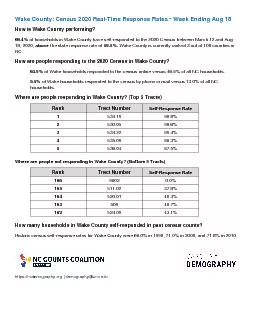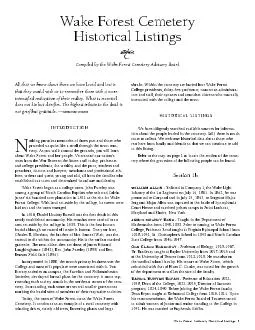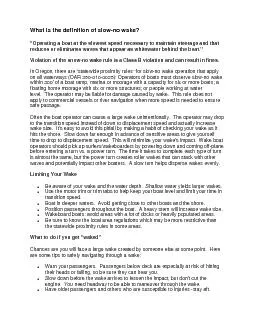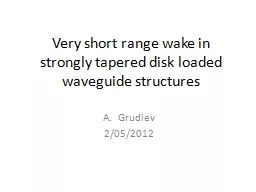PPT-Detection of Wake Impingement
Author : kittie-lecroy | Published Date : 2016-08-10
in Support of Wind Plant Control Carlo L Bottasso Technische Universität München amp Politecnico di Milano Stefano Cacciola Johannes Schreiber Technische
Presentation Embed Code
Download Presentation
Download Presentation The PPT/PDF document "Detection of Wake Impingement" is the property of its rightful owner. Permission is granted to download and print the materials on this website for personal, non-commercial use only, and to display it on your personal computer provided you do not modify the materials and that you retain all copyright notices contained in the materials. By downloading content from our website, you accept the terms of this agreement.
Detection of Wake Impingement: Transcript
Download Rules Of Document
"Detection of Wake Impingement"The content belongs to its owner. You may download and print it for personal use, without modification, and keep all copyright notices. By downloading, you agree to these terms.
Related Documents

